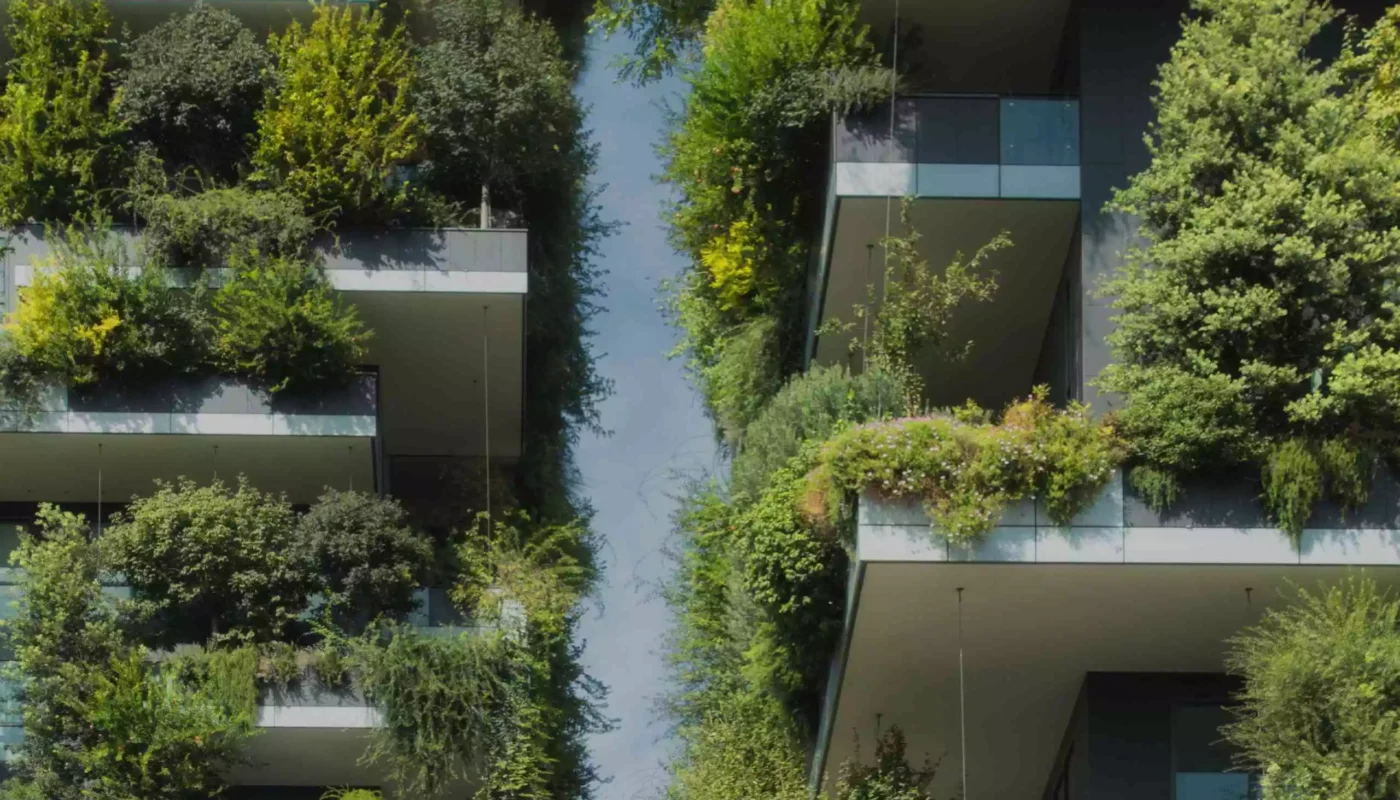Green architecture focuses on creating environmentally friendly and energy-efficient buildings. It promotes sustainable practices in urban spaces.
Green architecture aims to minimize environmental impact. Architects use renewable materials and energy-efficient designs. This approach reduces carbon footprints and conserves resources. Urban spaces become more livable and resilient. Green roofs, solar panels, and rainwater harvesting are common features. They improve air quality and reduce energy costs.
Sustainable urban spaces support biodiversity and human health. They create harmony between nature and built environments. Green architecture addresses climate change challenges. It fosters a sustainable future for urban living. By integrating eco-friendly practices, cities can thrive sustainably.
The Rise Of Green Architecture
Green architecture started in ancient times. People built homes with natural materials. They used mud, stone, and straw. These materials kept homes cool and warm. In the 20th century, green design lost focus. Urbanization led to concrete and steel use. Energy crises in the 1970s renewed green interest. Architects started using eco-friendly materials again. Today, green design is very important.
Climate change is a big driver of green architecture. Cities now aim to reduce carbon footprints. Renewable energy is popular in new buildings. Solar panels and wind turbines are common. Green roofs and walls improve air quality. Many countries have green building codes. These codes make sure buildings are eco-friendly.
Principles Of Sustainable Design
Energy efficiency means using less energy for the same task. Buildings with good insulation save more energy. LED lights use less power than regular bulbs. Solar panels can provide clean energy. Smart thermostats help control heating and cooling. These methods cut down energy use. It helps the environment a lot.
Renewable resources come from nature. They never run out. Wind turbines create wind energy. Water can be used for hydropower. Biomass is made from plants and waste. These resources do not pollute the earth. They help make cities green and clean. Sustainable materials like bamboo grow back quickly. They are good for building too.
Key Elements In Green Buildings
Green buildings use special materials. These materials are eco-friendly and recyclable. Bamboo and recycled steel are great examples. Insulated panels keep buildings cool or warm. Solar panels capture sunlight for energy. Green roofs have plants to save energy. Smart windows adjust light and heat.
Water is precious in green buildings. Rainwater harvesting collects water for later use. Greywater systems recycle used water from sinks. This water can be used for toilets or gardens. Low-flow fixtures reduce water waste. Permeable pavements allow water to soak into the ground. Green roofs also help manage rainwater.
Urban Spaces And The Green Movement
Cities can be more beautiful with nature. Trees and plants help clean the air. Green roofs and walls save energy. Parks and gardens provide places to play. Nature in cities makes people happy. Birds and insects can live in these green spaces. Nature helps to cool down the city. It is important to include nature in city plans.
People should help plan green spaces. Neighbors can share ideas for parks. Kids can join in planting trees. Community gardens grow fresh food. Families can relax in these gardens. Local events can be held in parks. Everyone can enjoy these green areas. Green spaces make communities stronger.
Case Studies: Successful Green Projects
Many buildings use green technology. These buildings save energy and water. They also use solar panels and green roofs. Some homes have rainwater harvesting systems. These systems collect water for gardens. Many offices use natural light to save energy. They also have recycling programs. These buildings are good for the planet.
Cities like Copenhagen and Singapore lead in green projects. Copenhagen has many bike lanes and parks. Singapore has green walls and eco-friendly buildings. In New York, rooftop gardens are common. These gardens reduce heat and improve air quality. Many cities use public transport to cut down on cars. These efforts make cities cleaner and healthier.
Challenges And Obstacles
Green architecture faces many regulatory hurdles. These rules can be strict and complex. They slow down project approvals. This can make green building expensive. Some economic factors are also challenging. Sustainable materials often cost more. This can push budget limits. Governments can help by giving incentives. These can lower costs for builders.
Many people are skeptical about green architecture. They think it is too costly or inefficient. Educating the public is key. Show them benefits like lower energy bills. Use successful projects as examples. Community involvement can also help. Let people take part in planning. This builds trust and support.
The Future Of Green Architecture
New technologies are helping cities become more sustainable. Smart buildings can control energy use and reduce waste. Solar panels and wind turbines are now more efficient. These innovations make green architecture more affordable. Urban farming on rooftops is also becoming popular. This helps provide fresh food locally. Water recycling systems are saving a lot of water. Green architecture is making our cities healthier and cleaner.
Governments are creating policies to support green architecture. Tax incentives are offered to builders who use eco-friendly materials. Grants are available for sustainable projects. Laws are being passed to reduce carbon footprints. These policies encourage more people to build green. Incentives make green architecture more appealing. Communities are also supporting these changes. They want to live in cleaner and greener cities.
How To Get Involved
Green architecture is an exciting field. You can start by studying environmental science or architecture. Many colleges offer sustainable design courses. These courses teach you about eco-friendly materials and energy-efficient buildings. After college, you can work as a green architect or urban planner. These jobs help make cities greener. You can also get certified in green building standards. This makes you a valuable expert in the field.
Join local green initiatives to help your community. You can volunteer in tree planting events or neighborhood cleanups. These actions make your area healthier. Start a composting group with friends. This reduces waste and helps the environment. At home, use recycled materials for projects. Teach others about sustainable living. Small actions lead to big changes in your community.
Green architecture is vital for creating sustainable urban spaces. It promotes energy efficiency, reduces waste, and enhances quality of life. By embracing eco-friendly building practices, cities can thrive while protecting the environment. Sustainable design is not just a trend; it’s a necessity for our future.
Let’s build a greener world together.




